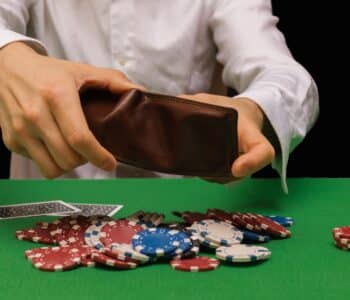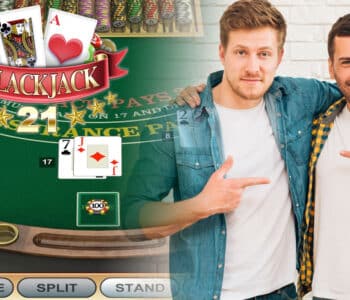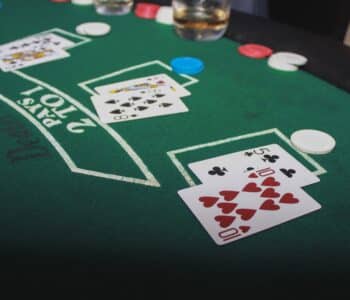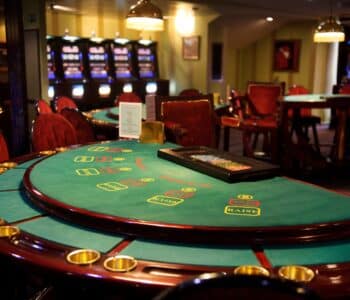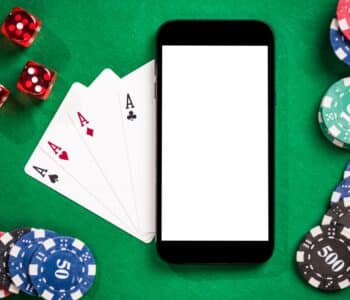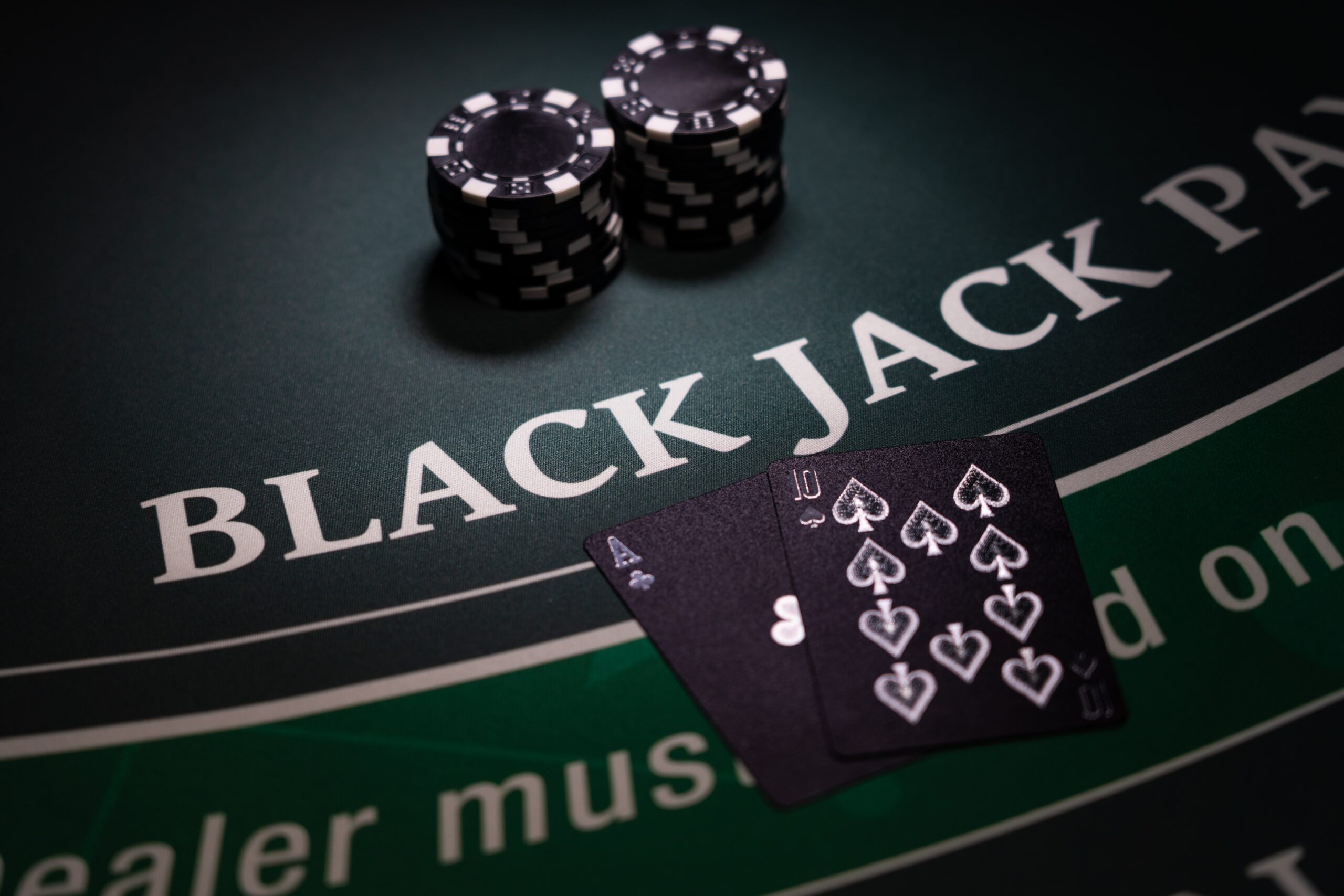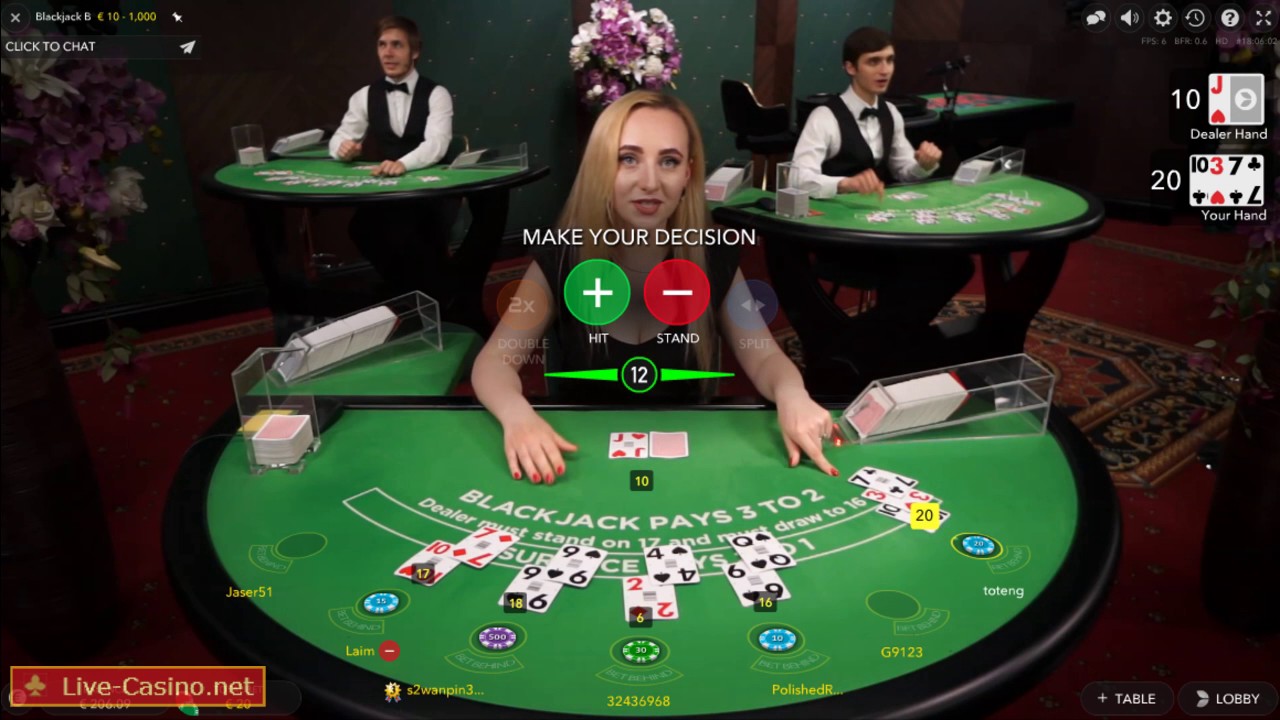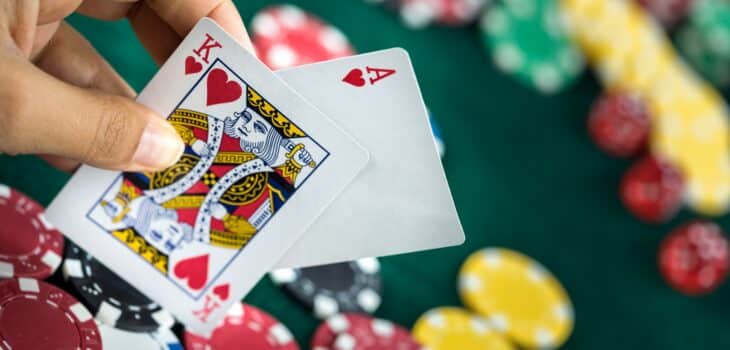 Blackjack Games
Blackjack Games
The Best and Worst Blackjack Hands: What You Need…
Blackjack is a popular casino game that requires skill, strategy, and a bit of luck. One of the most important aspects of playing blackjack is knowing the value of your hand, and how to play it optimally. In this blog post, we’ll be discussing the best and worst blackjack hands, and why it’s important to know them. We’ll explain what makes a good or bad hand, list the best and worst hands, and provide tips and strategies for playing them. By the end of this post, you’ll have a better understanding of how to evaluate your hand in blackjack, and make smarter decisions at the table.
What are the best blackjack hands?
When it comes to blackjack, some hands are considered better than others. A good blackjack hand is one that gives you a high chance of winning, or at least not losing as much money. Here are some of the best blackjack hands:
- Blackjack: This is the best possible hand in blackjack, consisting of an Ace and a 10-point card (10, Jack, Queen, or King). It pays out 3:2, meaning you win 1.5 times your original bet.
- Hard 20: A hard 20 is a hand that adds up to exactly 20, with no Ace involved. This can be achieved by having two 10-point cards, such as a 10 and a King, or a 9 and an Ace. It’s a very strong hand that can only be beaten by a dealer’s blackjack or a miraculous 21.
- Soft 18: A soft 18 is a hand that includes an Ace and another card that adds up to 7 (such as 7 and Ace, or 2 and 6 and Ace). It’s a good hand because it can be played as either an 18 or an 8, depending on what the dealer’s upcard is. This gives you more flexibility and options for playing the hand.
Overall, these are some of the best blackjack hands that you can hope to get. However, it’s important to note that the best hand doesn’t guarantee a win, and there are other factors that come into play, such as the dealer’s upcard and the number of decks in play. Therefore, it’s important to use good strategy and make the right decisions when playing these hands.
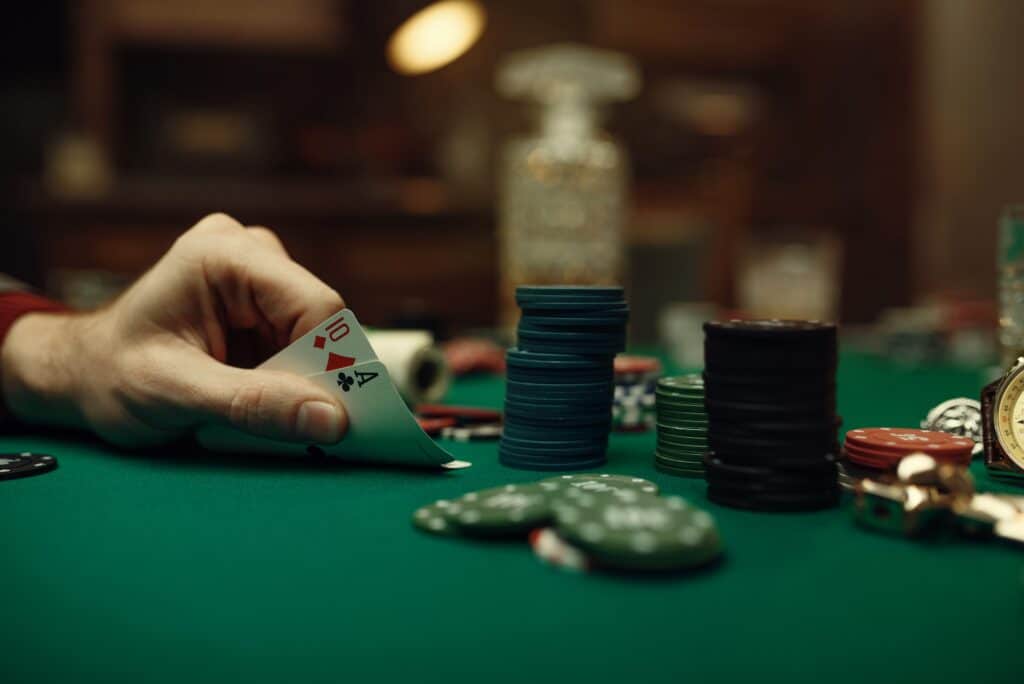
What are the worst blackjack hands?
Just as there are good blackjack hands, there are also bad ones that can put you at a disadvantage. Here are some of the worst blackjack hands that you should try to avoid:
- Hard 16: A hard 16 is a hand that adds up to 16, with no Ace involved. This can be a tough hand to play because you’re close to going bust, but hitting might result in a bust too. It’s also a hand that’s likely to lose to the dealer’s upcard.
- Soft 17: A soft 17 is a hand that includes an Ace and another card that adds up to 6 (such as 3 and 4 and Ace). It’s a weak hand because you can only improve it with an Ace or a 2, and hitting might result in a bust. It’s also a hand that the dealer can easily beat.
- Pair of 8s: A pair of 8s is a difficult hand to play because it adds up to 16, which is a hard hand. Splitting the pair is an option, but it’s not always the best one, especially if the dealer’s upcard is strong. Playing the pair as a hard 16 might be the only option, but it’s not a good one.
These are some of the worst blackjack hands, but it’s important to remember that there are other hands that can be just as bad, depending on the dealer’s upcard and the number of decks in play. It’s important to use good strategy and make the right decisions when playing these hands to minimize your losses.
How do you deal with “borderline” blackjack hands?
“Borderline” blackjack hands are hands that are close to being good or bad, and require more careful consideration before making a decision. These hands can be tricky to play, and there’s no clear-cut answer on how to deal with them. However, here are some tips on how to handle these situations:
- Know the basic strategy: Before you play any blackjack hand, it’s important to know the basic strategy. This includes knowing when to hit, stand, double down, or split. The basic strategy takes into account the dealer’s upcard and the number of decks in play, and it can help you make the most optimal decision for any given hand.
- Consider the dealer’s upcard: The dealer’s upcard is a crucial factor in deciding how to play a borderline hand. If the dealer has a weak upcard (such as 2-6), you might want to be more conservative and stand on a borderline hand that could easily bust. On the other hand, if the dealer has a strong upcard (such as 7-Ace), you might want to take more risks and hit on a borderline hand to try to improve your hand.
- Look at your bankroll: Your bankroll is the amount of money you have to play with, and it’s important to consider it when playing borderline hands. If you have a limited bankroll, you might want to play more conservatively and avoid taking unnecessary risks on borderline hands.
- Trust your instincts: Ultimately, the decision on how to play a borderline hand comes down to your own judgment and instincts. While it’s important to use strategy and consider the dealer’s upcard and your bankroll, you should also trust your own intuition and experience.
Conclusion
Playing blackjack is all about making the best decisions possible with the cards that you are dealt. While there are good and bad hands in the game, there are also borderline hands that require more careful consideration before making a decision. By using the basic strategy, considering the dealer’s upcard, looking at your bankroll, and trusting your instincts, you can make more informed decisions and increase your chances of winning. Remember that no hand guarantees a win, and that luck also plays a role in the game. Therefore, it’s important to enjoy the game, stay focused, and play responsibly.


